Free Audiobooks Summary of the book Creative Destruction by Richard Foster and Sarah Kaplan
To remain competitive, corporations must change the pace and scale of capital markets. This is accomplished not only by launching new businesses and products, but also by eliminating functions that are no longer necessary for growth.
The authors of this book use historical data to show how the theory of creative destruction works in capital markets.
Survival and Performance in a Disruptive Environment
Sixty-one of the companies on the Forbes 100 list in 1917 are no longer in business 70 years later. Only 18 companies remained in the top 100, and none of them performed particularly well. A look at the S&P 500 over the last 50 years yields similar results: few companies survive, and those that do aren't great performers.
Discontinuity is not a new phenomenon, but its frequency has increased, owing primarily to technological advancements. Businesses must change to accommodate the new paradigm.
Clinging to old habits
Managers believe the challenge is to maintain existing operations while fostering an environment in which new ideas can thrive and old ideas can die. The world has changed; continuity no longer matters as much as innovation.
Some businesses refuse to make the necessary changes even when their very survival is at stake. This "cultural lock-in" is a sure sign of a company's demise.
Get inspiring big ideas from world's best books, articles, podcasts and videos on nextbigwhat.
Subscribe to #BigIdeas podcast by NextBigWhat on your favourite podcast platform:
Spotify: https://open.spotify.com/show/70AjydAWmDnwhgCLrjk3ya
Apple Podcasts: https://podcasts.apple.com/us/podcast/bigideas-by-nextbigwhat/id1666179584
Amazon Music: https://music.amazon.in/podcasts/c5a37dd2-f729-4e6b-b671-b4c856bf48ce/bigideas-by-nextbigwhat
Castbox: https://castbox.fm/channel/id5282308
Pocketcasts: https://pca.st/vur21t8o
Stitcher: https://www.stitcher.com/show/1053194




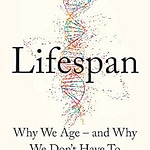
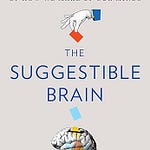
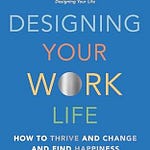

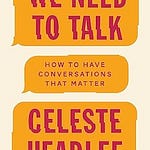
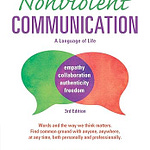

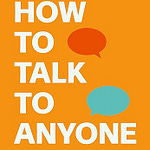
Share this post